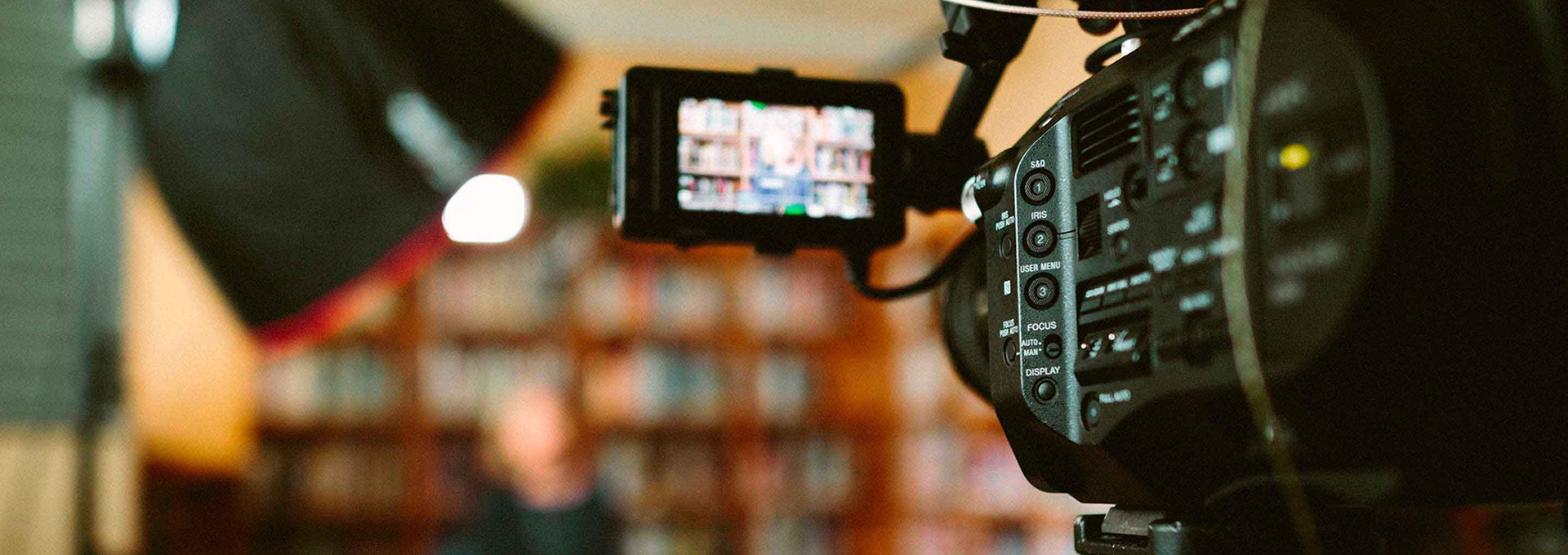Corporate documentaries can be a highly effective element of your business marketing mix. The key is to create something that is not only engaging, but is also factual with a clear message and purpose. In this article we explore five of the most common mistakes made when creating corporate documentaries, and how to avoid making these mistakes yourself!

1. Lost purpose
During the creation of corporate documentaries, somewhere along the line the purpose of the film can become lost. It is imperative that you always keep in mind the aim of the documentary: why you are creating it, who you are creating it for, the key message you want to get across, and - perhaps most importantly – the outcome you are hoping to achieve.
Planning ahead is critical to a successful video. Engaging the services of an experienced documentary video company can help ensure nothing is missed or forgotten about during the course of the project. Storyboards, scripts and planning sheets are all used by professional videographers to keep the filming on track and on schedule, leading to a successful outcome.
2. Lack of quality
If you have undertaken to film your own corporate documentary video, and you lack a lot of the expensive kit used by professional videographers, it can be tricky to ensure that the finished video is of a high enough quality. If you're filming outdoors you will have to cope with rapidly changing light and weather conditions, as well as uneven ground and unwanted external influences, such as background noise from nearby traffic. These are all elements that can negatively impact on the success of a corporate documentary video, and is important to bear in mind.
Sound can be a serious issue that can ruin an otherwise well-planned video – if you are filming somebody speaking outside, it can be difficult to pick up what they are saying, especially if there is even a very light breeze, which will make itself known the moment it hits the microphone on your cameraphone or camcorder! It is best to ensure that you are equipped for all situations – a mic-blimp to cover an external microphone is ideal for filming in these scenarios, as it absorbs the majority of unwanted atmospheric sounds, meaning you hear more voice and less wind.
Whilst we're on the subject of sound - make sure you carefully select the music that will be used in your corporate documentary, if you will be using any. You don't want anything too distracting or unrelated to the theme, as poor music choices can have a major negative impact on the finished result. Also, make sure you have the appropriate permissions to use the music you have chosen in your video. Flouting copyright laws can get pretty expensive.
3. Unknown audience
Whilst planning and filming your documentary, you must always consider your viewers. You need to really think about who will watch the documentary, and make sure the finished video will be of interest to them.
It is always a good idea to research your audience prior to filming. You must consider how you want viewers to feel afterwards and what you want them to do as a result (if anything). The more you understand your target audience, the greater the impact your corporate documentary will have. And the more impact it has, the more successful it will be.
4. Insufficient planning
With any production, thorough planning is essential. When it comes to corporate documentaries, you have to take into consideration that you might not always get the footage you hoped for – this can hinder the production process. It is important, therefore, to have a plan and a back-up.
Filming a documentary is rarely plain sailing. Planning inadequately is a common amateur mistake, and can cost you time and money. You cannot always rely on the people who are meant to be featuring, or the scenes you are wanting to film – anything can change at short notice, from the weather to interviewees plans. Anticipate potential problems and give yourself some leeway.
It's always a good idea to follow a simple set structure – introduction, main body of the documentary, and conclusion. Make sure your key message is reiterated. This makes it easier for the audience to follow and understand your key message, which ensures a better chance of success.
5. Staying within the comfort zone
In a sea of documentaries, you want yours to stand out. You need to have a unique hook that will entice viewers to watch your corporate video. Think outside the box – find an absorbing subject that people might not have much awareness about, and bring it to life through your documentary.
You need to capture original, interesting footage that makes the audience want to continue watching. Don't be afraid to try different techniques and methods – these could give your documentary more of an 'edge'. It's all about highlighting the message you are trying to get across, and reaching out to your target audience.

Let's start creating together
Let Hydra be the solution for your next project.